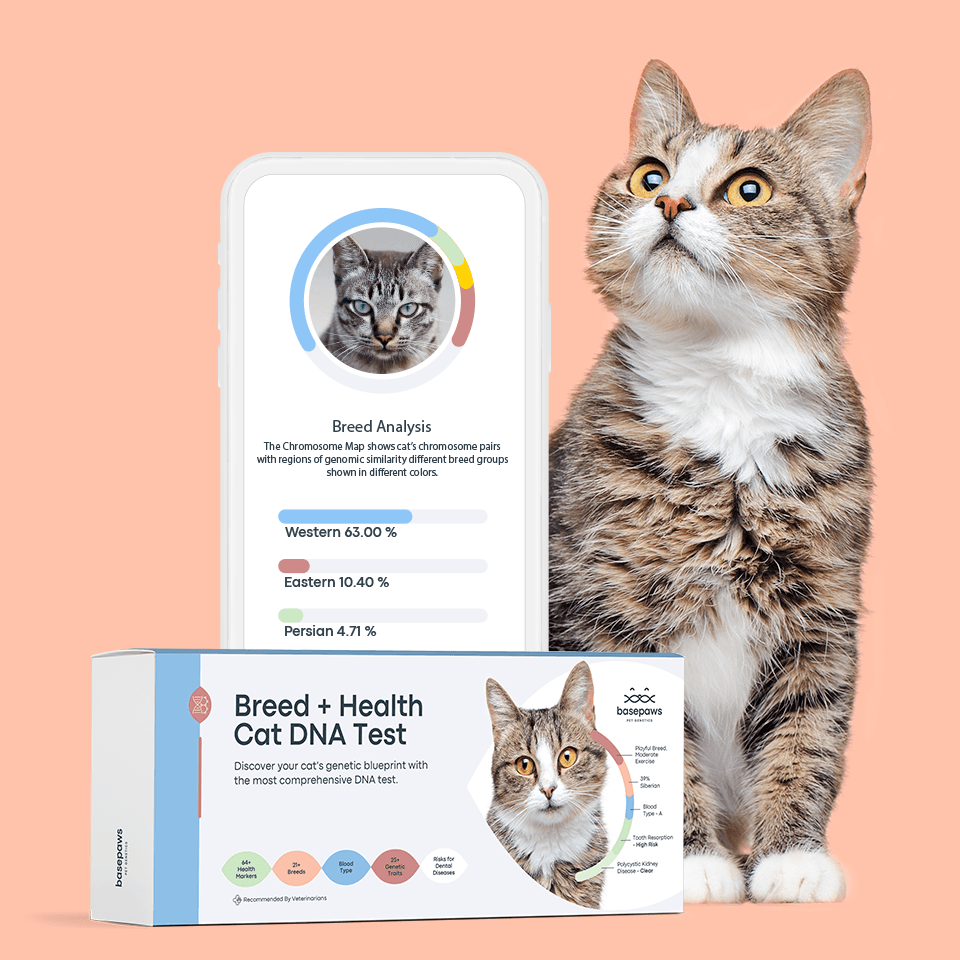Discover your dog's connection to this breed and 200+ others


Discover your dog's connection to this breed and 200+ others



The Bullmastiff is a large-sized breed of domestic dog with a solid build and a short muzzle. They are a part of the Working Group as classified by various kennel clubs. The Bullmastiff's history dates back to the mid-19th century in England. During that time, gamekeepers needed a large, quiet, fearless dog that could assist with keeping poachers away from large estates. They desired a dog that could track quietly, cover short distances quickly, and pin and hold poachers without mauling them. The result was the Bullmastiff, a dog that was approximately 60% Mastiff and 40% Bulldog.
The Bullmastiff breed can suffer from calvarial hyperostotic syndrome, cardiomyopathy (dilated), cataracts, cerebellar abiotrophy, cerebellar ataxia (familial), cervical vertebral instability, cruciate ligament disease, cystinuria, degenerative myelopathy, distichiasis, ectropion, elbow dysplasia, elbow dysplasia (ununited anconeal process or fragmented coronoid process), entropion, familial nephropathy, gastric dilation/volvulus (bloat), hip dysplasia, hydrocephalus, hypothyroidism, leukodystrophy, leukodystrophy (oligodendroglial dysplasia), malocclusion, multifocal retinopathy (CMR1), neuroaxonal dystrophy, optic nerve hypoplasia and micropapilla, osteochondritis dissecans (hock, shoulder or stifle), panosteitis, patellar luxation, persistent pupillary membranes, polydontia (supernumerary teeth), progressive retinal atrophy (dominant), recurrent flank alopecia, retinal dysplasia, sub-aortic stenosis urolithiasis (cystine), and vaginal prolapse. They are also susceptible to different forms of cancer including hemangiosarcoma, osteosarcoma, mast cell tumors, and lymphosarcoma. Genetic testing is recommended, including for the following additional conditions: hyperuricosoria, degenerative myelopathy, and progressive rod-cone degeneration.
Bullmastiffs are known for their bravery, loyalty, and stable temperaments. They are extremely loyal to their families and are generally good with children. Despite their size, Bullmastiffs are relatively inactive indoors and are suitable for living in apartments as long as they get enough exercise outdoors. However, they do not do well in the heat.
They are a quiet breed and not typically known for barking. Bullmastiffs have a strong natural instinct to guard their family and home. They are generally reserved with strangers but do not act aggressively. Instead, they typically use their strength and size to block intruders or unwanted guests. While Bullmastiffs can be stubborn, they are typically more sensitive than they look. They respond well to positive reinforcement training. They are known to drool a lot and some may snore.
A canine genetic lineage is a group of individuals or entire breeds that descended from common ancestors predating modern breed formation. Often these lineages are associated with a ‘type’ of dog with a unique historical working role and associated behaviors (e.g., herding, scent hunting, etc.).
Mastiff and bull-type breeds have strong, muscular builds. Both mastiff and bull-type breeds are protective and loyal, which are essential traits for this breed as guardian dogs and as companions. Although they appear imposing, many of these breeds are known for their gentleness and affection towards their families. They are a great example of loyal guardian dogs.
Example breeds with ancestry from this lineage include French Bulldog, St. Bernard, and Bullmastiff.
The Bullmastiff's nickname of "The Gamekeeper’s Night Dog" is attributed to their history in England as muscular guard dogs that pursued and held poachers (who typically poached at night).
DOI:10.1002/9781119540687
https://www.akc.org/dog-breeds/bullmastiff/
https://www.petmd.com/dog/breeds/c_dg_bullmastiff
Recommended by top vets with decades of experience
21 breeds
64 genetic health markers
50 genetic trait markers
